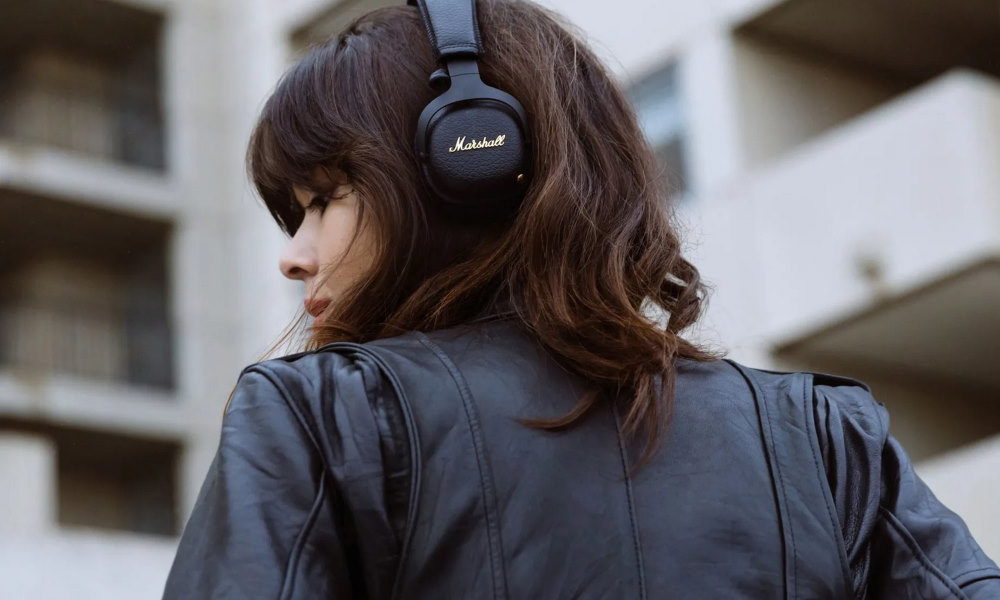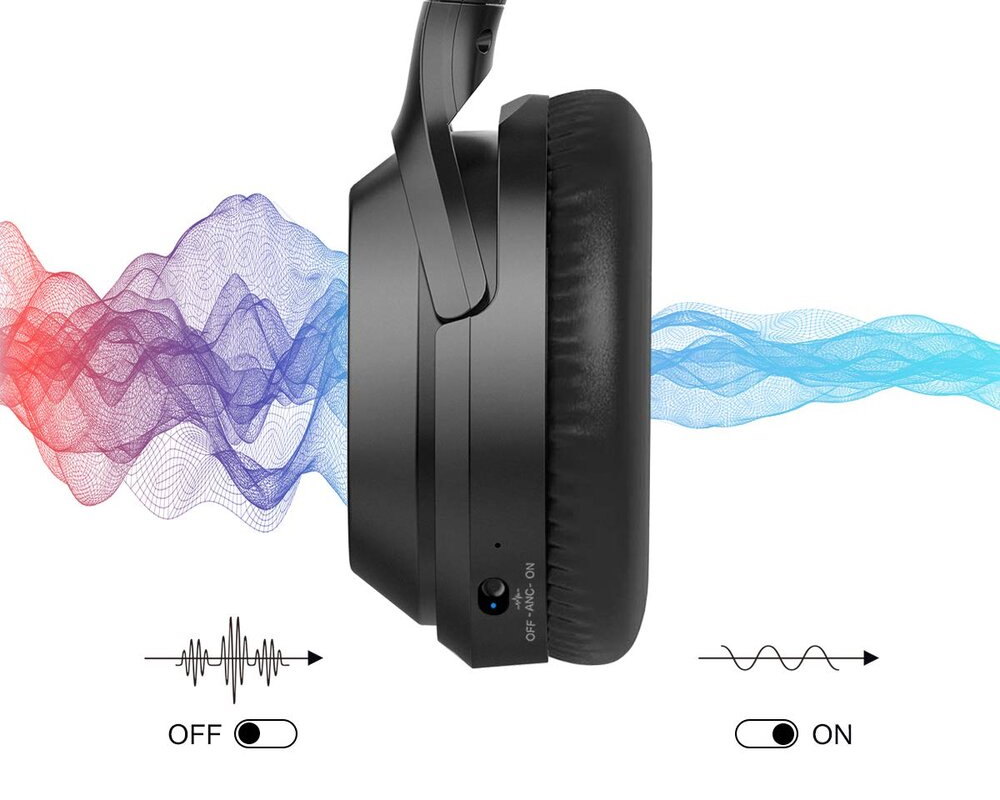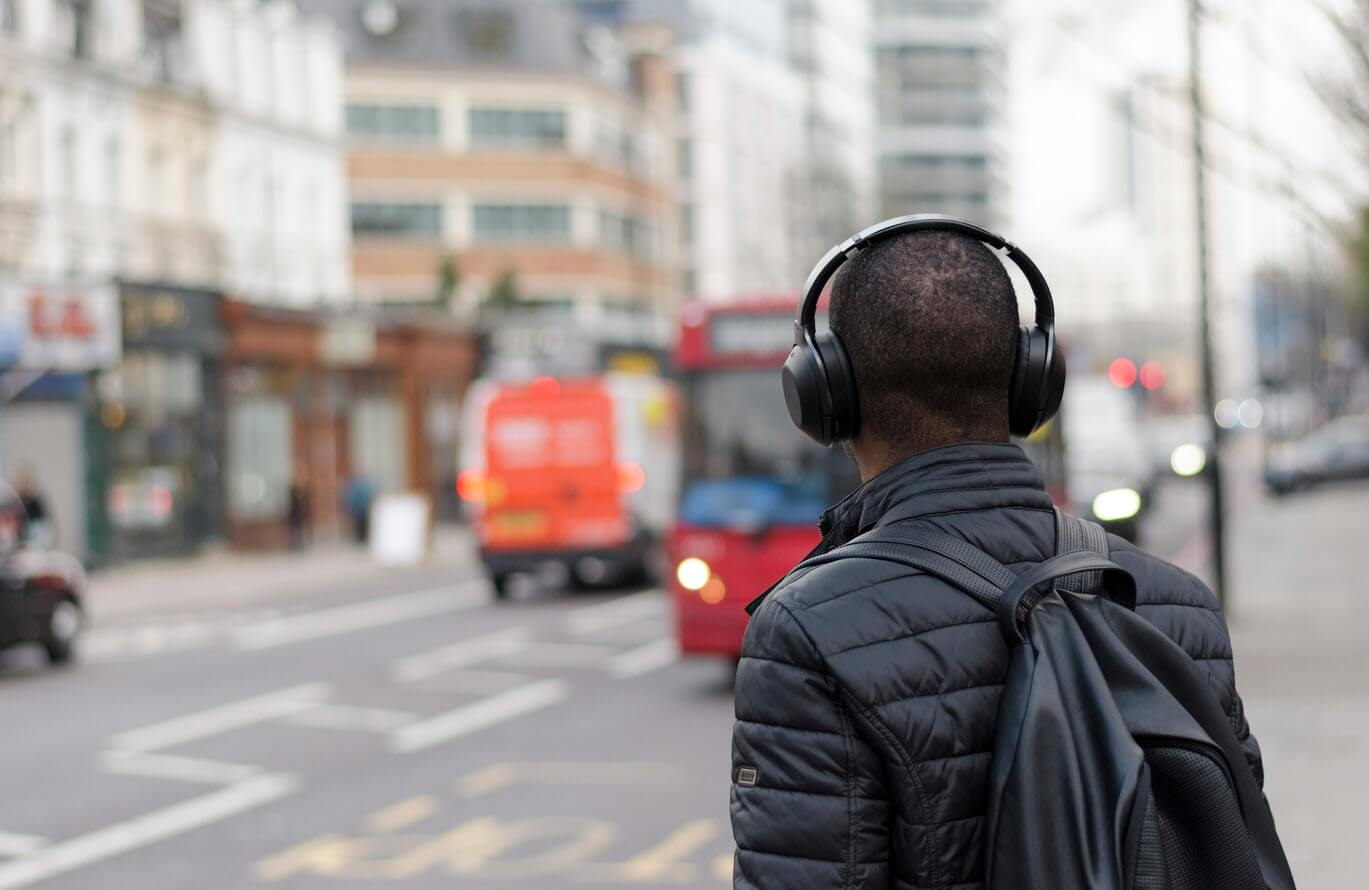
Until not too long ago, headphones were relatively simple and even bland products. The Noise Cancellation it was a feature reserved for the very high end and few ordinary users bothered about it.
However, today the offer of products with this characteristic is enormous and it is worth delving into it. In this article we will explain what noise cancellation is, how it works and what influence it has on sound quality.
An important note before starting: noise cancellation systems can be classified into passive systems (acoustic insulation) and active or ANC systems (from its acronym in English Active Noise Control). In the text we focus on the latter, the most popular and innovative from a technological point of view.
What is active noise cancellation and how does it work?
Active noise cancellation technology is a solution capable of eliminating outside noise thanks to physics. Specifically, to the theory of wave interference. We will try to explain it in a simple way, even at the risk of simplifying.
As you all know, the sound we hear is a low frequency wave (humans can only perceive waves below 20 KHz). When two or more waves hit or meet at the same point, the resulting total wave is the vector of the sum of those two waves.
Thanks to this, it is possible to create an artificial sound wave – here comes the technological part – which, added to the original, cancels it totally or partially. It is a phenomenon known as destructive wave interference.
Headphones with an active cancellation system have one or more microphones that pick up external noise, process it, and generate an equal but opposite phase signal to play alongside the original. The result is that you can listen to your music or enjoy a movie even in noisy settings such as public transport or a crowded street.
Although 100% effective noise cancellation is theoretically possible, in practice it is much more complicated. Headphones have evolved a lot in the last two years and we have real wonders on the market in the range of one hundred euros but they work much better with low frequency and constant noises (a plane, a car, the hum of a PC’s fans at full power) that with sudden high frequency sounds (In these cases, the passive cancellation that we defined at the beginning of the text works much better and that is why the best headphones combine the two systems).
Is everything as beautiful as it seems?
Active noise cancellation has obvious benefits, but also some drawbacks to be aware of. The main one is that this system involves a sacrifice in sound qualitywhich will be greater the worse the headphones are.
To be honest, most users will not notice or will notice very little this loss of quality and only very trained ears consider it a problem, especially when we talk about devices above 250 euros (hence the budget the audio can shoot exponentially as good audiophiles know).
For this reason, I think Good headphones without active noise cancellation are more recommended than worse ones with it. Low-end devices (especially wireless ones) often have poor signal processing and insensitive microphones, resulting in a mediocre audio experience. My usual advice is to always try before you buy and leave the promises of the manufacturers aside.
At this point it is worth remembering that an active cancellation system consumes energy and, therefore, affects the autonomy of the headphones, their size and their weight. This does not only affect wireless, headphones that connect with a 3.5mm jack. they can’t power the signal processor so they need power too.
One last note: some people feel discomfort when using ANC headphones, motivated because your brain detects unexpected changes in the air pressure in your ears. In most cases, this only happens the first few times you use them, but if the discomfort persists, it is much better not to insist and opt for other solutions.
Is it worth buying headphones with active cancellation?
Active noise cancellation systems are fantastic technology, with increasingly moderate prices and that, without a doubt, are here to stay. If you use your headphones on public transport, to work in a noisy office, or simply like being able to improve sound quality at the touch of a button, it’s well worth investing in this feature.
However, as we have commented in the text, technology is not magic. If your budget is low or you are not going to use the headphones in a very noisy environment (for example to listen to music at home or play video games on a console), it is worth investing that extra in better headphones.
If you finally decide, keep in mind that:
- If you need maximum isolation, it is better to opt for headphones with diadem that support active cancellation with passive systems.
- If you want a lightweight device to use on the street in ear they are a good choice. Choose a model with pads of various sizes and if possible, try them.
- If you are going to use them to call by telephone (or to make work videoconferences) it is important that the microphone also has noise cancellation.
- A mid-high range wireless model should provide 4 hours (real) of audio with cancellation. Better if more, keep in mind that the battery will degrade over time.
- Use noise cancellation while doing sport or walking down a street with traffic can be very dangerous. Keep that in mind.
- If you buy headband ones, make sure it also has audio jack. So you can use them even without battery.
You can consult our articles and analyzes about headphones in this link.





